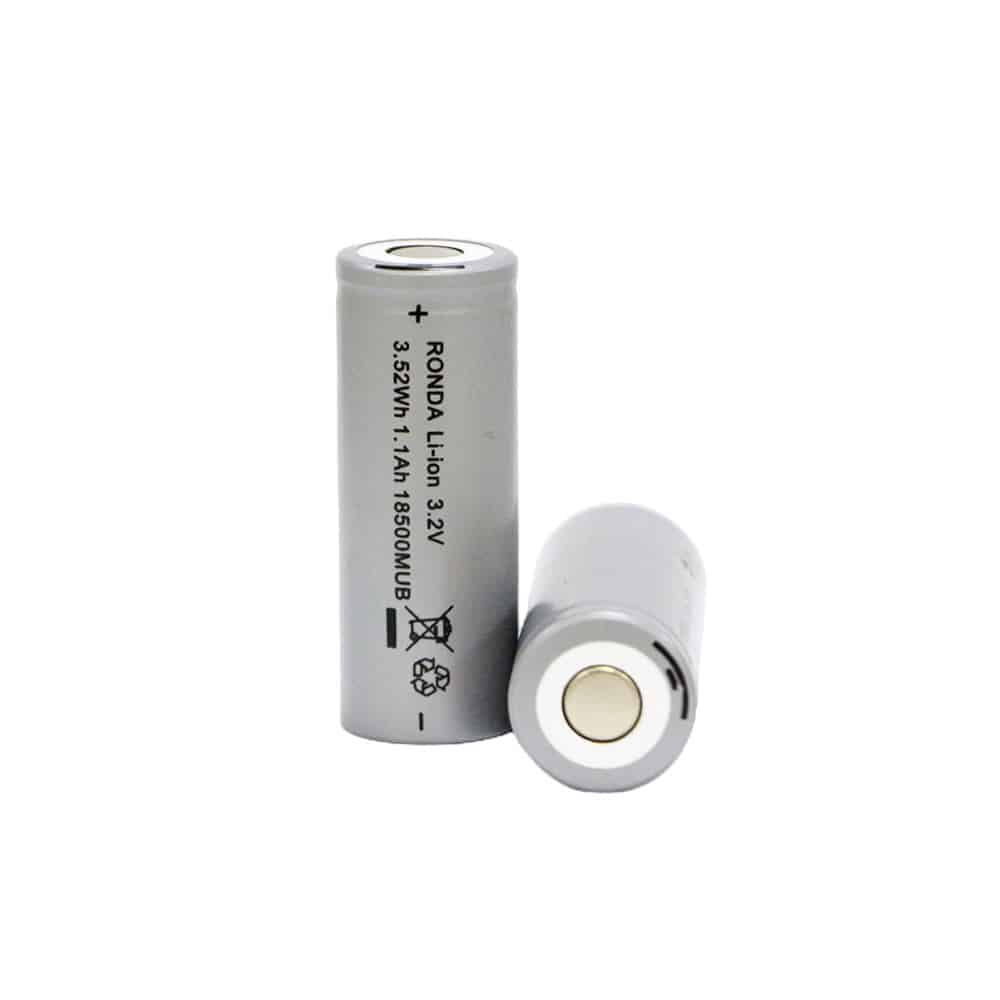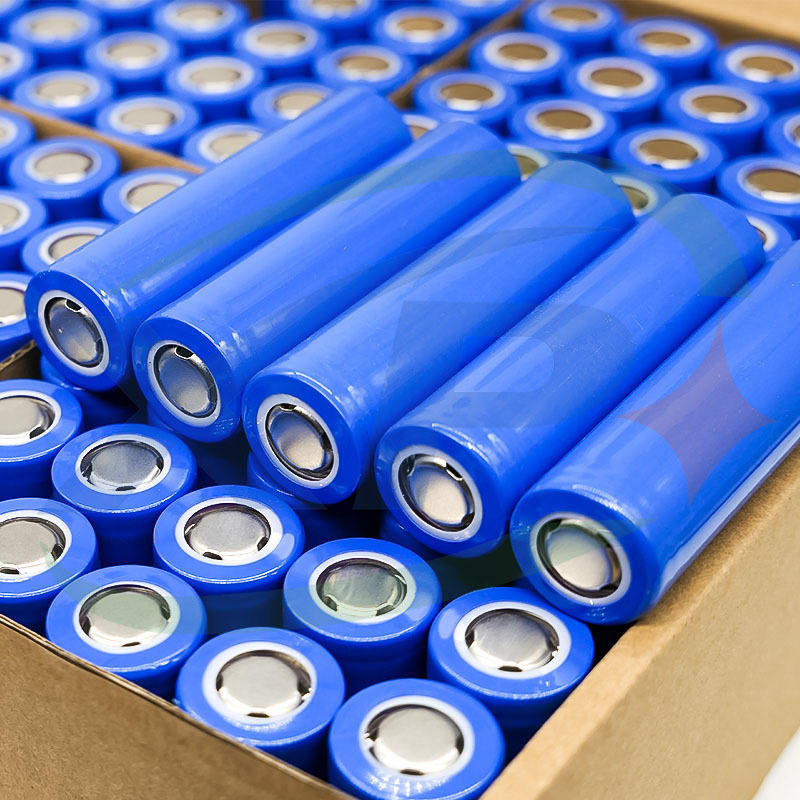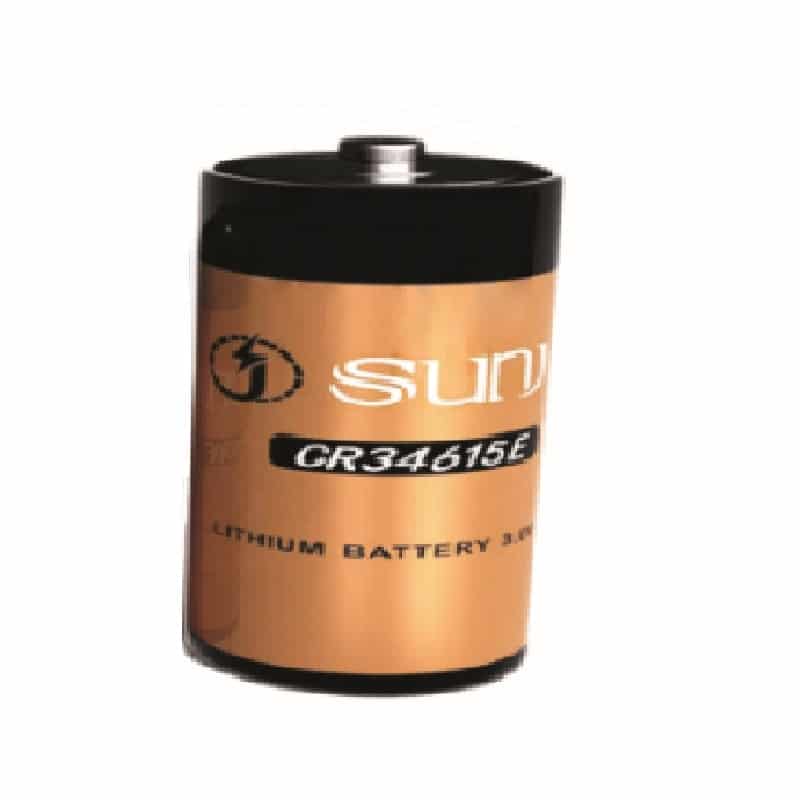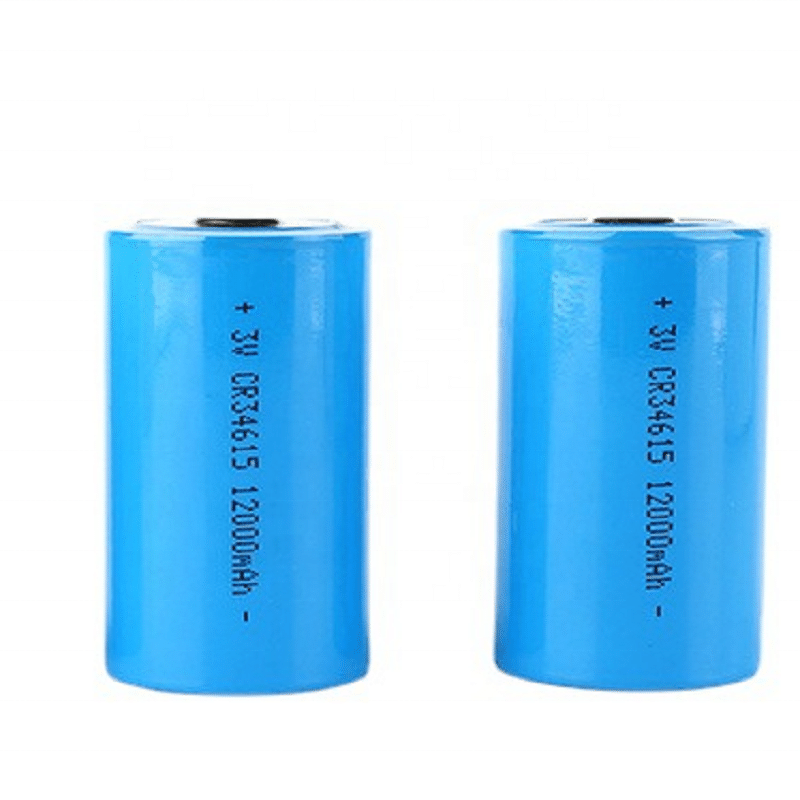Lithium ion battery process – stirring
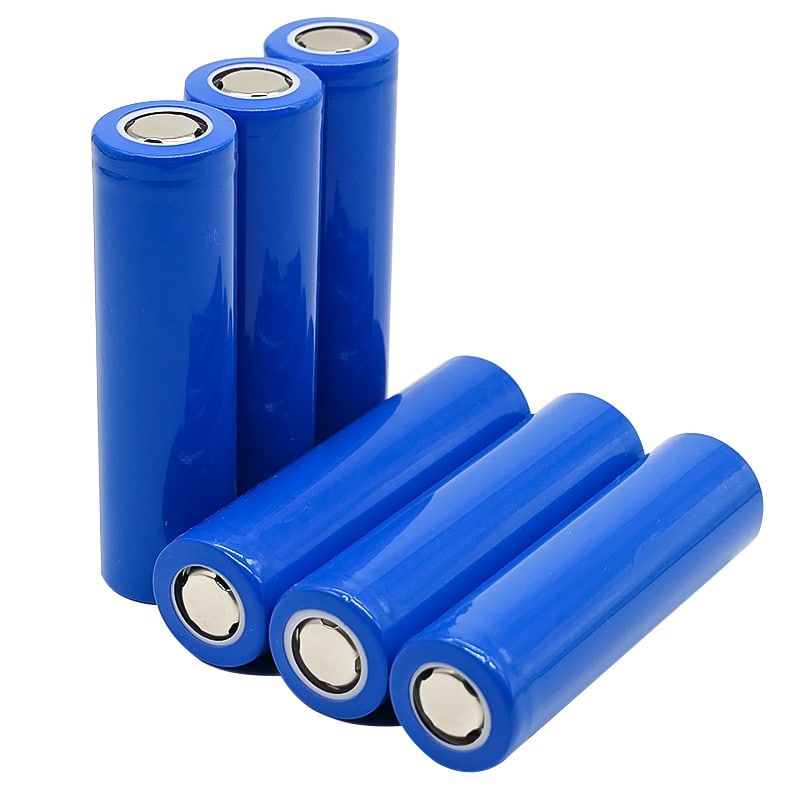
Principle of lithium-ion batteries:
Refers to its charging and discharging principle. When charging the battery, lithium ions are generated on the positive electrode of the battery. The generated lithium ions move through the electrolyte to the negative electrode, and the carbon used as the negative electrode has a layered structure with many micropores. The lithium ions that reach the negative electrode are embedded in the micropores of the carbon layer, and the more lithium ions embedded, the higher the charging capacity.
Lithium ion battery process flow:
Front stage: mixing, coating, rolling, die-cutting
Middle section: winding, assembly, liquid injection
Later stage: conversion, capacitance, module
Introduction to the pre process technology:
Overview of the previous process:
The previous process mainly involves inputting materials to complete the manufacturing of electrode plates, developing and utilizing upper support materials, assembling and testing lower supports. The manufacturing process and quality of the previous process determine the inherent performance of the battery.
I Mixing process
(1) Function: The batching process actually involves mixing various components in the slurry according to standard proportions, and modulating them into a slurry to facilitate uniform coating and ensure the consistency of the electrodes.
(2) Slurry related parameters:
a. Viscosity: The impedance ability of a fluid to flow Viscosity is an attribute of a fluid. When the fluid flows in the pipeline, there are three states: laminar flow, Laminar–turbulent transition and turbulent flow
b. Solid content: The percentage of solid substances in the slurry
(3) Method for detecting the mixing and uniformity of solid-liquid suspension system:
Direct method:
a. Viscosity method:
Take samples from different positions in the system and measure the viscosity of the slurry using a viscometer; The smaller the deviation, the more uniform the mixing;
b. Granularity method:
The Granularity scraper was used to observe the Granularity of the slurry; Laser diffraction Granularity tester
c. Specific gravity method:
Take samples from different positions in the system and measure the density of the slurry. The smaller the deviation, the more uniform the mixing
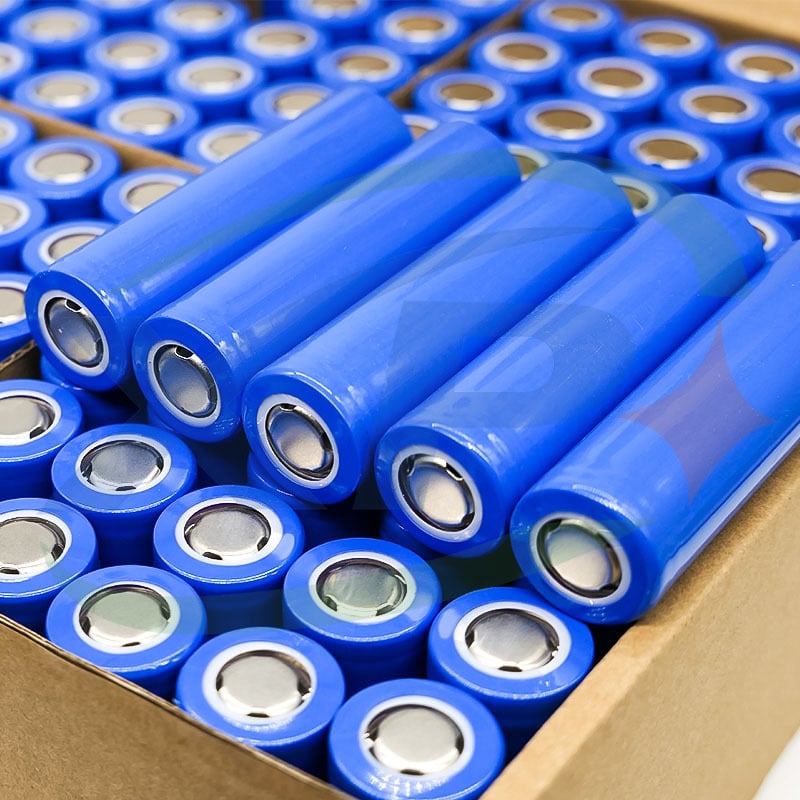
Indirect method:
a. Solid content method: Samples are taken from different positions in the system, and the weight of the solid is measured by baking at appropriate temperature and time. The smaller the deviation, the more uniform the mixing;
b. SEM: Sampling from different positions in the system, coating on the substrate, drying, and observing the distribution of particles or elements in the membrane after the slurry is dried using SEM (electron microscope); (System solids are usually conductor materials)
2、 Positive electrode stirring process:
Cathode materials include: active materials, NMP (N-Methyl-2-pyrrolidone, polar aprotic solvent), conductive agent (carbon black, connecting large active material particles to make good conductivity), PVDF (polyvinylidene fluoride, thickener and binder, which can resist ultraviolet rays and climate change),
3、 Negative electrode stirring process
Negative electrode materials include: graphite, deionized water, conductive agent, SBR (Styrene-butadiene, water-soluble latex, adhesive, an anionic polymer dispersion, with good mechanical stability and operability, and high bonding strength), CMC (Carboxymethyl cellulose sodium, thickening agent and stabilizer)
4、 The viscosity characteristics of the slurry
Curve of viscosity of slurry with mixing time
With the extension of stirring time, the viscosity of the slurry tends to a stable value and no longer changes (it can be said that the slurry has been evenly dispersed).

